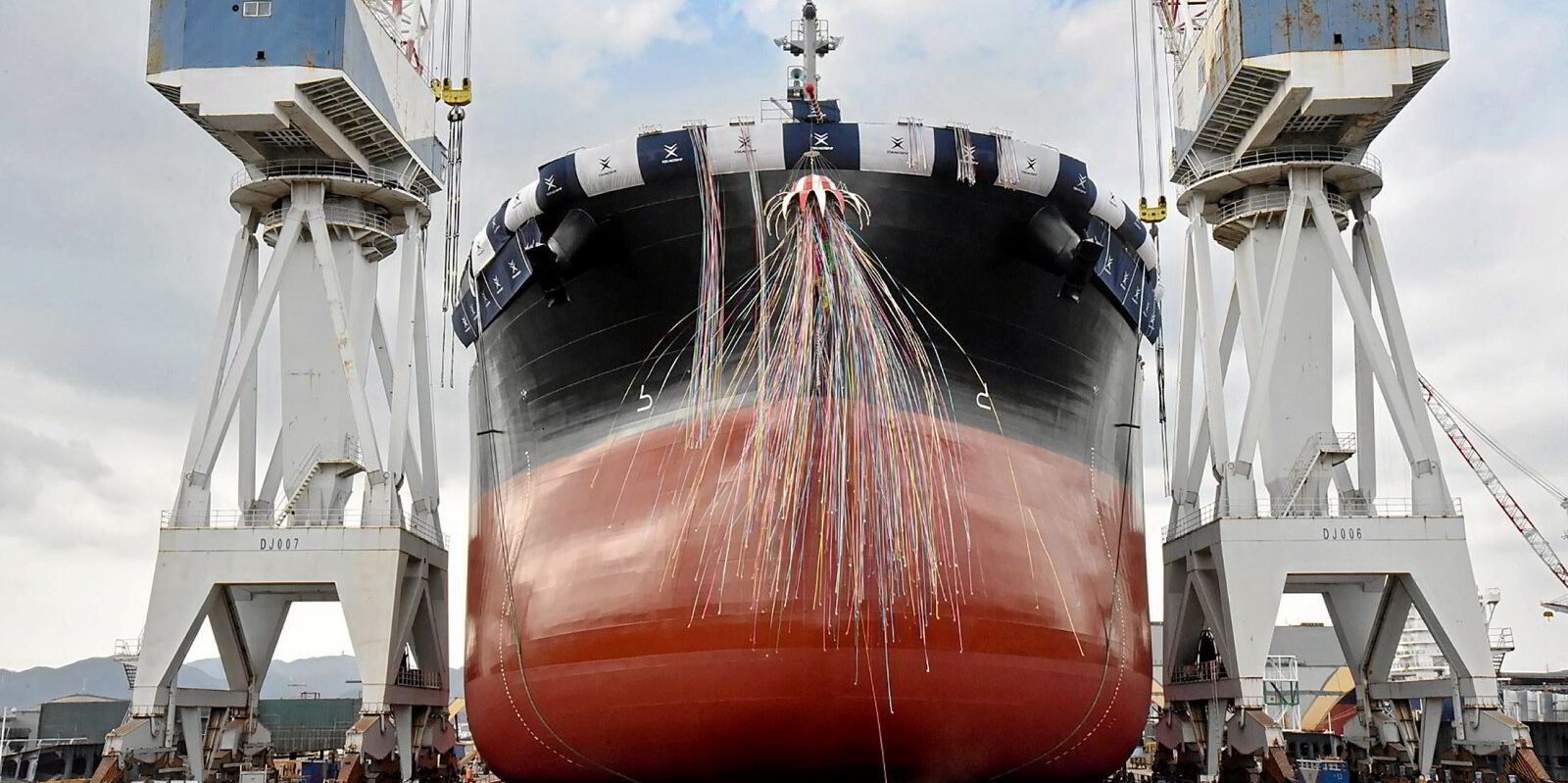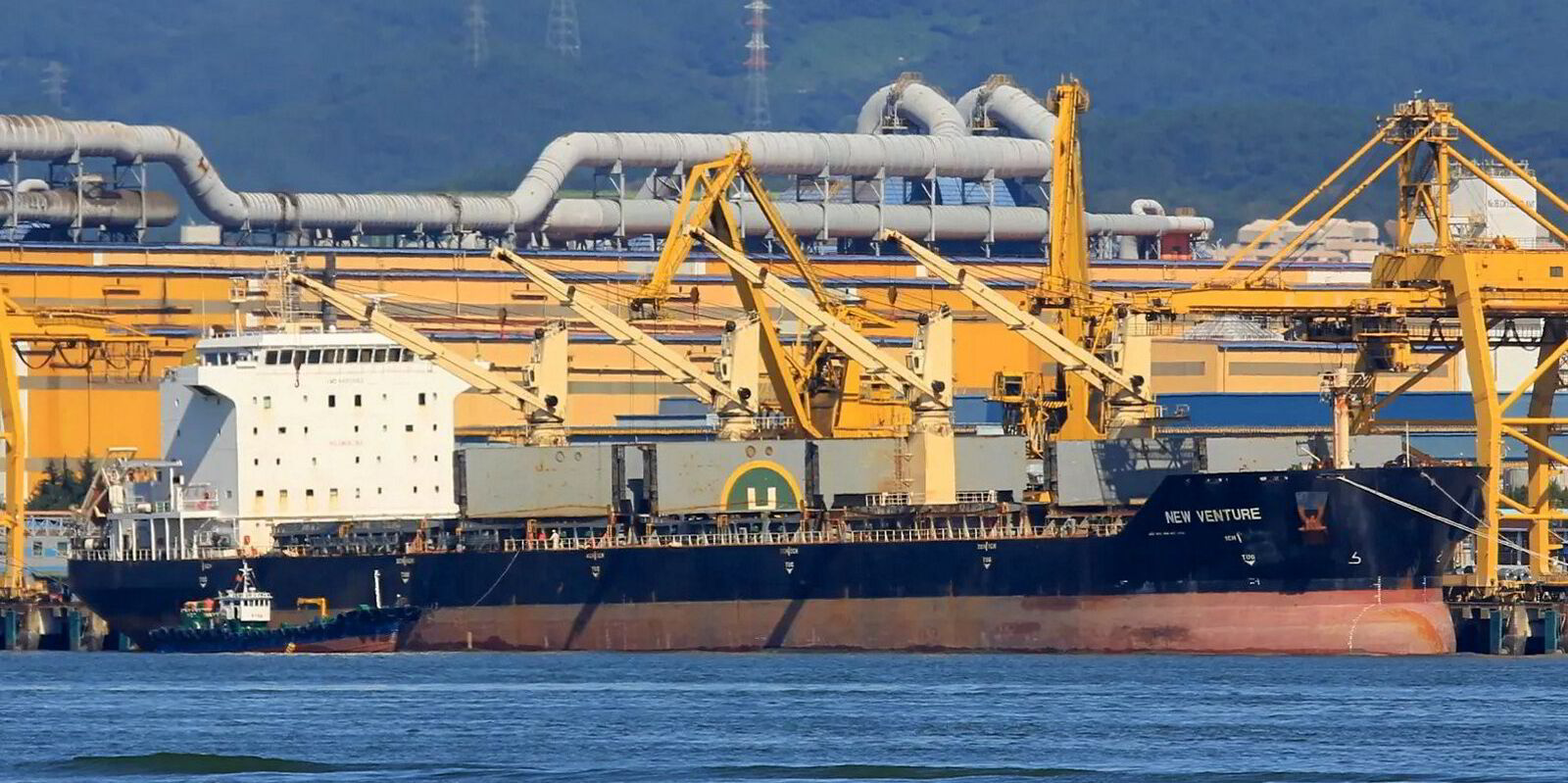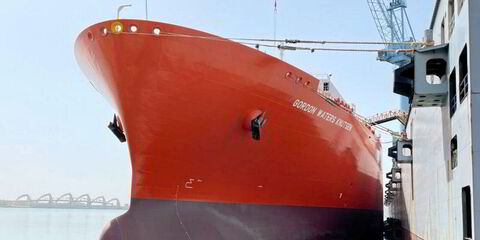Orders for capesize bulkers are on track to hit the highest level since 2018.
Growth in the capesize sector means ordering activity across all bulker sizes is set for its most active year since 2014, according to research by SSY.
“Compared to the orderbook at the start of the year, the current orderbook has grown by almost two percentage points to reach 9.11% of the fleet,” the shipbroking group said in its monthly report for October.
“Much of this growth has been in the kamsarmax and capesize segments.”
Net fleet growth is also being supported by low levels of capesize scrapping.
Rather than hitting the beach, older vessels are trading for longer.
“Much of the interest in older tonnage appears to be coming from Chinese buyers, partly on the back of continued growth in the Guinea-China bauxite trade, which is almost exclusively carried on capesize vessels,” SSY said in the report.
“Unlike the other major capesize routes, which often have an age limit of either 15 or 18 years old, vessels calling Guinea have no such limit for the time being and, as such, the route generally attracts older tonnage that cannot be easily traded elsewhere.”
No capesizes have been scrapped since March and only four panamaxes were scrapped in the third quarter.
This means net fleet growth this year to date remains above that of last year, with 23.1m dwt added to the bulker fleet, SSY said.
Most bulkers that have been delivered from shipyards so far in 2024 have been geared vessels, particularly handysizes.
Some 106 new handysizes have been delivered, while 28 have been scrapped.




